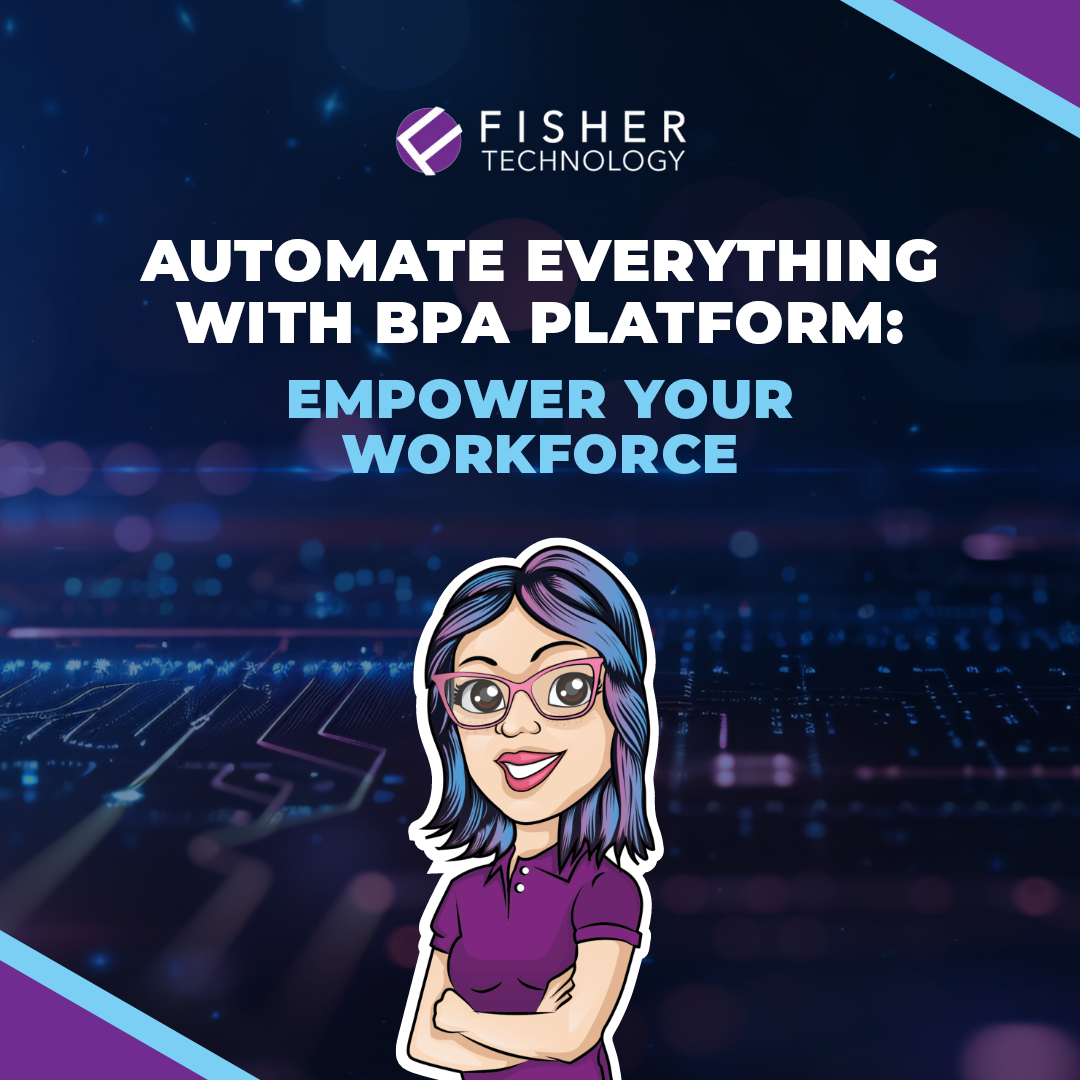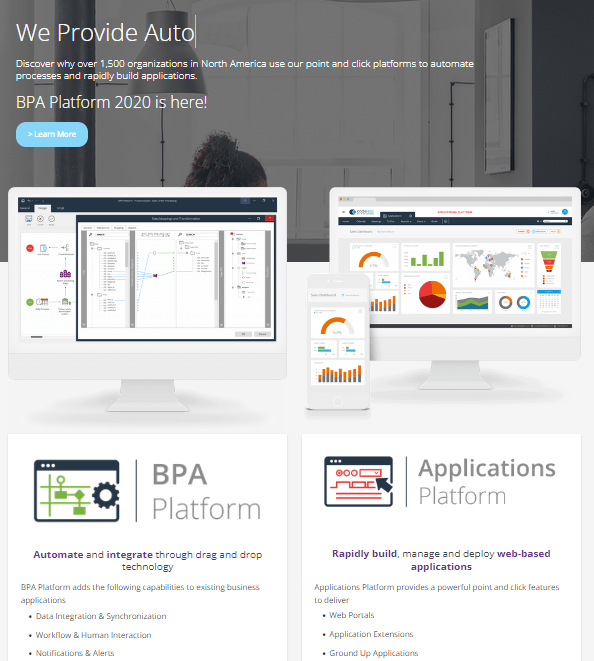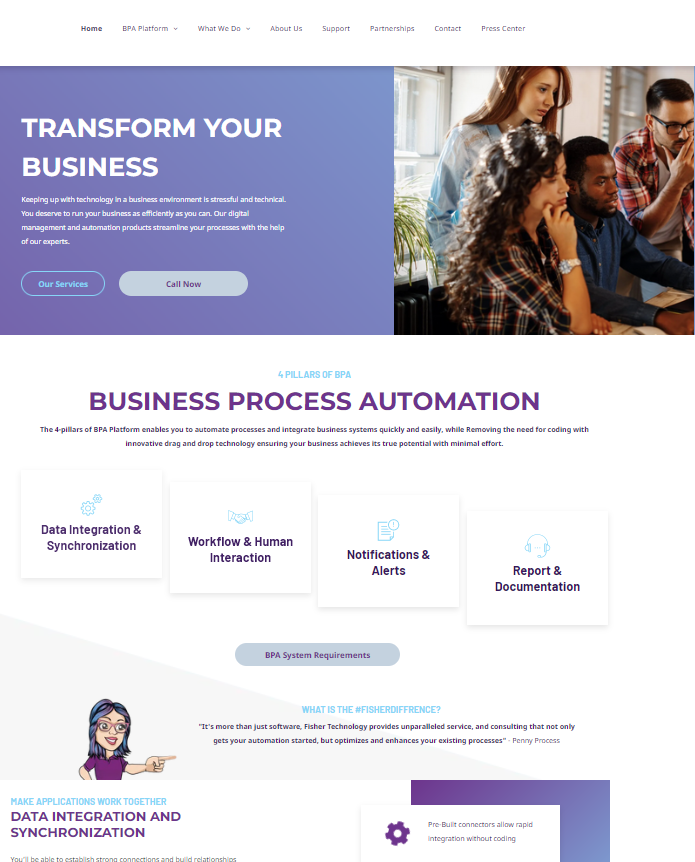Our Website Journey: A Year in the Making
New Beginnings
When you buy a new car, there is nothing quite like that “new car smell.” It defines the new car, and it is something we enjoy for months after the initial purchase. That is the exact feeling I have with the Fisher technology website, which I played a significant role in its creation and roll out.
“There has been nothing in my career more rewarding than going through that process from day one and is one I will carry with me throughout my career. “- Kiara Walker
In the months following the original brainstorming session, I spent a lot of time reviewing new industry standards. I discovered what approach’s other companies in a similar line of business had been doing on their sites, and what approach to take with our own. In this first part of this series, I will take you through the first few stages of our website creation journey and share some of my thoughts and findings.
What did we notice?
To start with, I looked over the rolling analytics of our “old” website and saw some trends starting to emerge. We noticed that our target audience was not being reached in the ways we had hoped, and there was immense room for improvement. Finetuning our marketing strategy for the new website became a high priority.
On average, on our previous website visitors would spend no more than 25 to 30 seconds on our homepage before exiting. Making it increasingly difficult to get our message across to our target audience. We also knew that we needed to home in on the quality of the leads coming to our site, not just the number of leads. Redevelopment of our website allowed us to narrow down qualified leads and pave a straightforward way for potential clients to connect with us directly.
This led to us having our initial brainstorming session where we were able to establish these clear goals.
Key goals:
- Combat high bounce rates.
- Lengthen the amount of time spent on our website.
- Increase the number of qualified leads we received.
Reduce and Redevelop
We wanted to reduce the number of pages it takes to get to a particular topic or section of our website. We had an extremely high number of pages and repetitive content that would benefit us if it were reduced to a manageable amount and cut straight to the key points we wanted to make. This is because we follow the “Seven Second Rules.” Simply put, we have seven seconds to gain the attention of the reader before they lose interest and click off.
Within that seven second window we needed to establish who we are as a company, what we do, validate that they are on the right site for their needs, and give visitors a way to easily contact or engage with us. It was crucial to make our homepage efficient enough to abide by the rule.
We additionally implemented new techniques that had not been used before on our website such as simple, yet effective design. Animations from the very beginning of this journey, we knew immediately that we wanted to use animations to further help guide our story along, straying away from our previous use of the feature and text dumping and transitioning to a more visually adept way of storytelling.

It was important for us to pivot in a direction that lessens the amount of time it takes to find key information such as BPA Platform (Business Process Automation). Telling the story of BPA was the backbone of this process. It is more than just software, Fisher Technology provides unparalleled service, and consulting that not only gets your automation started, but optimizes and enhances your existing processes.
In the next blog, I will share the reasons why we ended up switching over to Studio V, and what benefits we saw by departing hosting our website with HubSpot.






